Introduction
In the world of canine companions, the Akita dog stands tall—both literally and figuratively. Originally bred in the Odate region of Japan, these majestic dogs are known for their loyalty, strength, and dignified demeanor. With a history that intertwines with Japanese culture and folklore, Akitas are not just pets; they are symbols of fidelity and courage.
The Akita Inu, as it is formally known, has a rich past. They were once reserved for nobility and samurai, serving as hunting and guarding dogs. Imagine a loyal companion, standing watch over your home while also being a fierce hunter. That’s an Akita for you! Their striking appearance, with a strong build and fluffy coat, often captures the attention of dog lovers everywhere. But don’t let their noble looks fool you; they have a playful side too!
One cannot discuss Akitas without mentioning Hachiko, the epitome of canine loyalty. This faithful dog waited for his owner at a train station every day for nearly a decade, even after his owner’s untimely passing. Hachiko’s story has been immortalized in film and is celebrated in Japan with a statue at Shibuya Station, where dog lovers gather to pay their respects. His tale reminds us of the deep bond shared between humans and their furry companions.
In this guide, we will dive into the fascinating world of Akita dogs, exploring their origins, characteristics, care needs, and even some heartwarming tales that showcase their loyalty. From their majestic size to their unique personalities, there’s so much to learn about these remarkable dogs.
So, whether you’re considering adding an Akita to your family or simply want to learn more about this extraordinary breed, you’ve come to the right place! You’ll discover everything you need to know about Akitas, ensuring you appreciate their beauty and unique temperament. From training tips to health considerations, let’s embark on this journey to understand what makes Akitas such cherished companions. Get ready to be charmed by the loyal and dignified Akita!
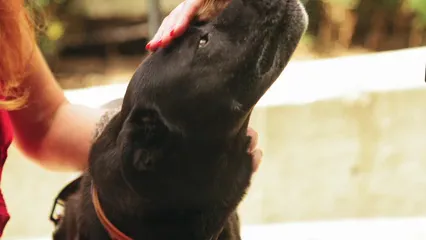
Training your Akita effectively can enhance the bond between you and your pet. Dog training tips for adopting a rescue dog with anxiety can provide valuable insights.
The History of the Akita Dog
Origins in Japan
The Akita dog traces its roots back to the Odate region of Japan. Bred initially in the early 1600s, these dogs were developed primarily for hunting, guarding, and even as companions for the Japanese nobility. With their strong build and keen sense of smell, Akitas were adept at tracking game, from deer to wild boar.
Imagine a majestic creature, standing proud, ready to protect its family and territory. Akitas were not just pets; they were working dogs. They served their human companions, showcasing their loyalty and strength. Over the years, these dogs became symbols of bravery and fidelity in Japanese culture.
In the 20th century, Akitas faced a decline in numbers, especially during World War II. However, dedicated breeders ensured their survival and preservation. Today, the Akita is not only a national treasure in Japan but also a beloved breed worldwide. Their majestic appearance and noble lineage continue to capture hearts everywhere.
The Legend of Hachiko
Perhaps the most famous Akita is Hachiko, who became synonymous with loyalty. This extraordinary dog waited for his deceased owner at Shibuya Station every day for nearly ten years. Hachiko’s story is a heartwarming reminder of the bond between humans and their canine companions.
Hachiko was born in 1923 in the Akita Prefecture. His owner, a university professor, would take him to the train station every day. Sadly, the professor passed away unexpectedly, leaving Hachiko alone. Yet, the loyal Akita continued to wait at the station, hoping to see his beloved owner again.
His unwavering dedication touched the hearts of many. In 1934, a statue was erected in his honor at Shibuya Station. This bronze statue serves as a meeting point for dog lovers and a symbol of loyalty and devotion. The story of Hachiko has inspired films, books, and countless tales, making him a cultural icon in Japan and beyond.
In Japan, Hachiko’s legacy lives on. His story is a testament to the love and loyalty that Akitas embody. Each Akita carries a piece of this history, reminding us that true loyalty knows no bounds.
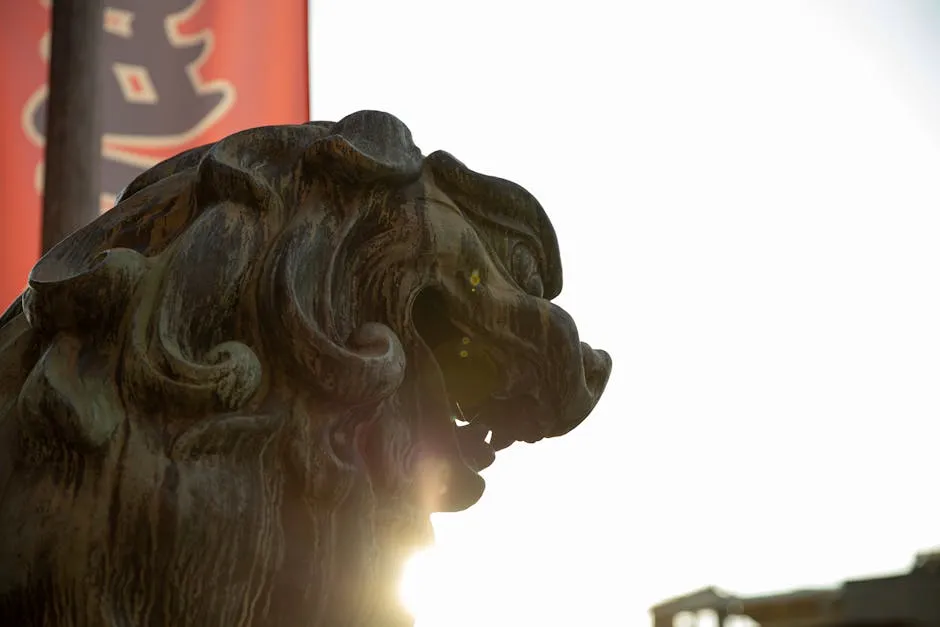
Physical Characteristics of Akita Dogs
Size and Weight
Akitas are impressive dogs, standing tall and proud. Adult Akitas typically weigh between 70 to 130 pounds, with males generally larger than females. Males often reach heights of 26 to 28 inches, while females stand about 24 to 26 inches. These dimensions make them one of the larger dog breeds, fitting right in with their noble lineage.
Comparing Akitas to other Japanese breeds, like the Shiba Inu, highlights their size difference. Shiba Inus are much smaller, typically weighing between 17 to 23 pounds and standing about 13 to 17 inches tall. So, if you’re looking for a dog with a commanding presence, the Akita is your go-to. Shiba Inus, while adorable, might not turn heads in quite the same way!
For optimal health, consider feeding your Akita high-quality large breed dog food like Royal Canin Size Health Nutrition Large Breed Adult Dry Dog Food. This specially formulated diet supports their large size and helps maintain optimal health.
Coat and Colors
Akitas sport a beautiful double coat that can be either short or long, both designed to withstand harsh climates. The outer coat is dense and straight, while the undercoat is soft and insulating. This combination not only keeps them warm but also makes them look quite regal!
As for colors, Akitas come in a variety of shades, including white, brindle, and various hues of red. The variation in color contributes to their unique appearance. Grooming needs can vary based on coat type. Short-haired Akitas require less maintenance, needing a good brush every few weeks. Long-haired Akitas, however, demand more attention, requiring weekly brushing to prevent tangles and mats.
Regular grooming not only keeps your Akita looking sharp but also helps reduce shedding. Yes, you read that right! Akitas can shed quite a bit, especially during seasonal changes. So, be prepared to embrace the fluff! To make this task easier, try using the FURminator Undercoat Deshedding Tool. It’s a lifesaver for reducing loose fur!
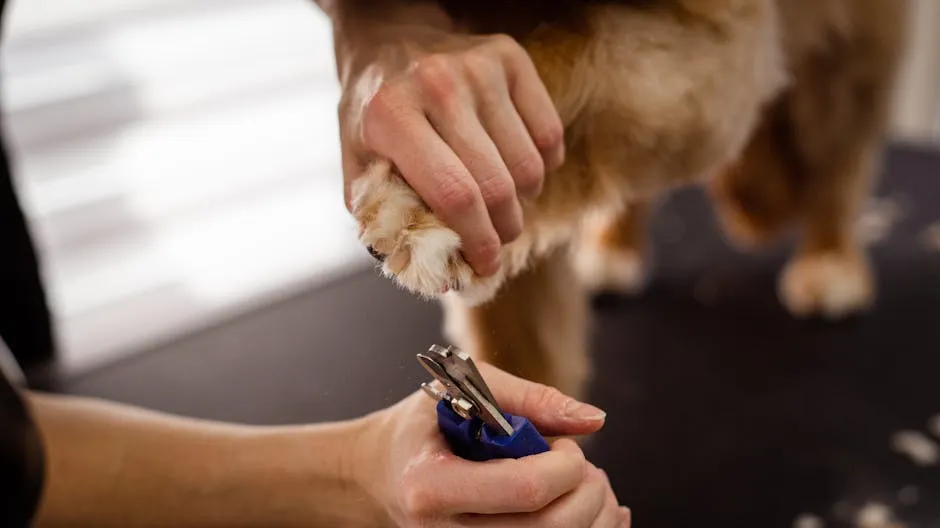
Temperament and Behavior
Personality Traits
Akitas are known for their independent spirit. They have a strong sense of self and make their own decisions, which can be both admirable and a challenge. This independence doesn’t mean they lack loyalty, though. In fact, they are fiercely devoted to their families. Once they bond with you, expect a companion who will stick by your side through thick and thin.
While Akitas may appear aloof or reserved around strangers, their affectionate nature shines when it comes to family. They are protective and often take on a guardian role, ensuring your home feels secure. This blend of independence and loyalty makes them unique. They’re like that friend who’s always there for you but also enjoys some alone time.
So, if you welcome an Akita into your home, be ready for a mix of dignified presence and playful affection. They’ll be your loyal shadow, always keeping an eye on you while offering love in abundance. Just remember, socialization is key! Early exposure to various people and experiences can help them become well-rounded companions.
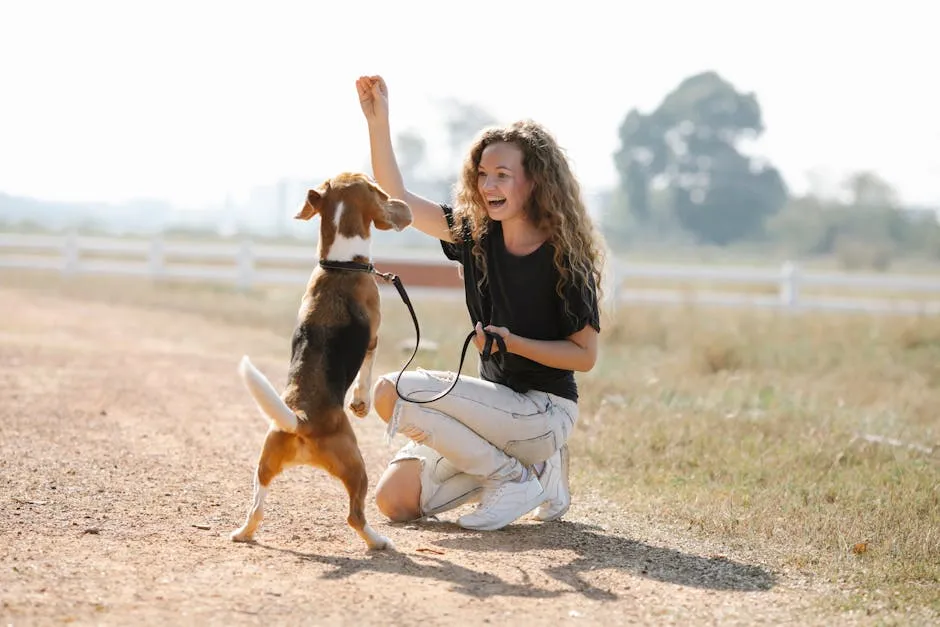
Socialization Needs
Socialization is crucial for Akitas. These dogs can be reserved, especially with strangers. Early exposure to various people, pets, and environments helps them become well-rounded companions. Think of it like throwing a welcome party for your dog! The more diverse the guest list, the better they adapt.
Start socializing your Akita as a puppy. Introduce them to different sounds, sights, and experiences. Take them on car rides, to dog parks, or even to pet-friendly cafes. This exposure builds their confidence and teaches them how to interact appropriately.
When it comes to other pets, patience is key. Introduce your Akita to existing pets slowly. Supervise their initial meetings, ensuring everyone feels safe. If your Akita shows signs of aggression or fear, don’t force interactions. Instead, use positive reinforcement to reward calm behavior.
For children, start with calm and respectful interactions. Teach kids the right way to approach your Akita. No sudden movements or loud noises! Supervise all interactions to ensure both parties feel comfortable. A well-socialized Akita can be a loving and protective member of the family.
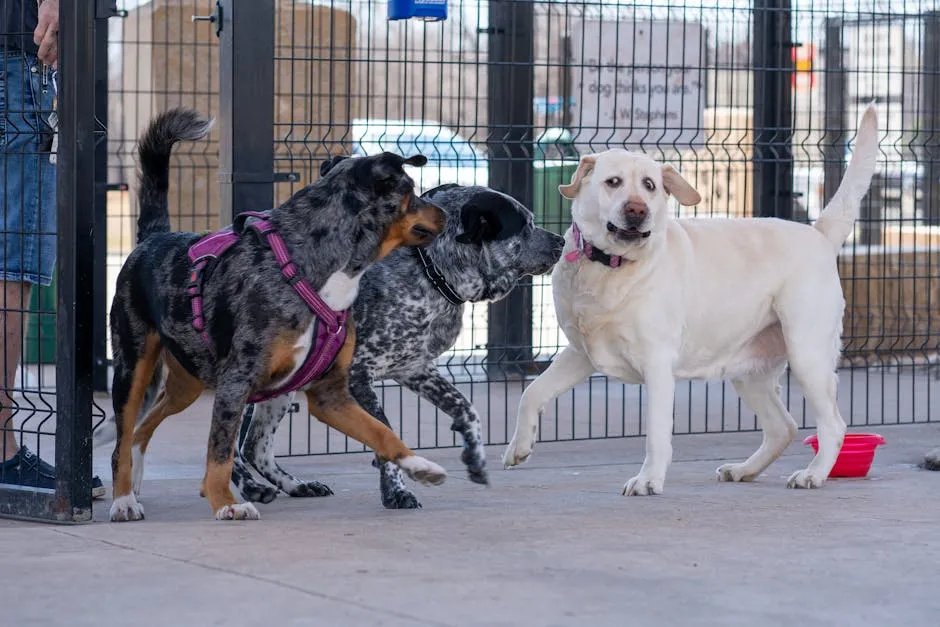
Care and Maintenance
Diet and Nutrition
Akitas require a balanced diet throughout their life stages. Puppies need nutrient-rich food for growth, while adults need a balanced diet to maintain their health. As they age, their dietary needs shift again, focusing on maintaining a healthy weight and joint support.
For Akita puppies, look for high-quality puppy food. Brands like Royal Canin and Blue Buffalo offer formulas specifically designed for large breeds. These foods support healthy growth and development. Transition to adult food around 12 months old.
Adult Akitas thrive on high-protein diets. Aim for dog food with meat as the first ingredient. Brands such as Orijen and Wellness CORE provide grain-free options full of nutrients. Always check for AAFCO approval to ensure the food meets nutritional standards.
Senior Akitas often benefit from joint-supporting ingredients like glucosamine and chondroitin. Look for dog foods labeled for senior dogs. These formulas help maintain mobility and overall health. Always consult your vet before making dietary changes to ensure your Akita’s specific needs are met.
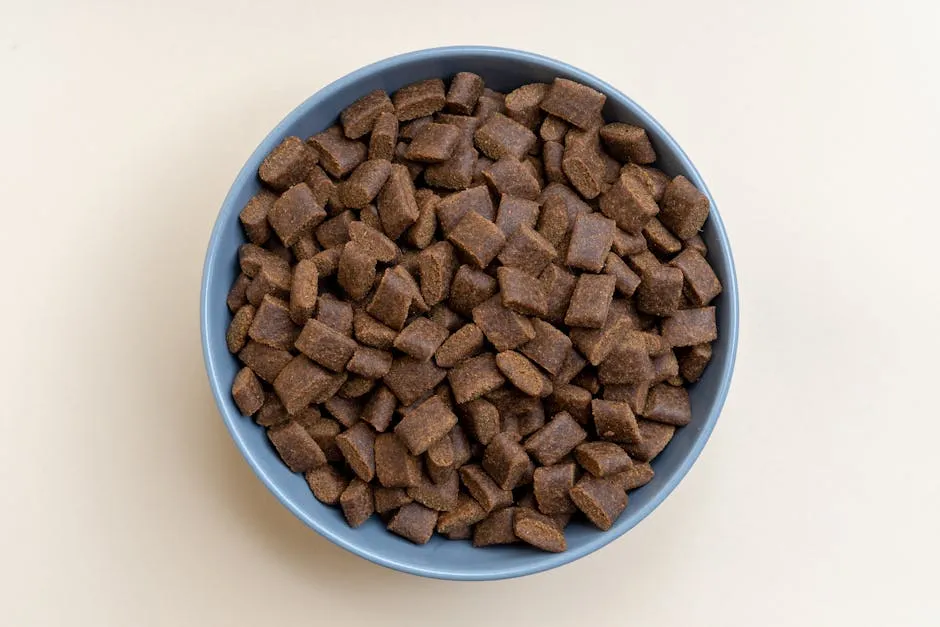
Exercise Requirements
Akitas are energetic dogs that require regular exercise. Aim for at least an hour of daily activity. This can include brisk walks, play sessions, or even agility training. They enjoy activities that challenge them physically and mentally.
Long walks are a great way to tire out your Akita. Consider exploring different routes to keep things interesting. If possible, let them off-leash in safe, enclosed areas. This allows them to run freely and burn off excess energy.
Mental stimulation is just as important as physical exercise. Puzzle toys, training sessions, or scent games keep their minds engaged. Akitas are intelligent and thrive on challenges. Boredom can lead to unwanted behaviors, so keep their routines varied. Consider using an interactive toy like the PetSafe Busy Buddy Bristle Bone Dog Toy for extra fun!
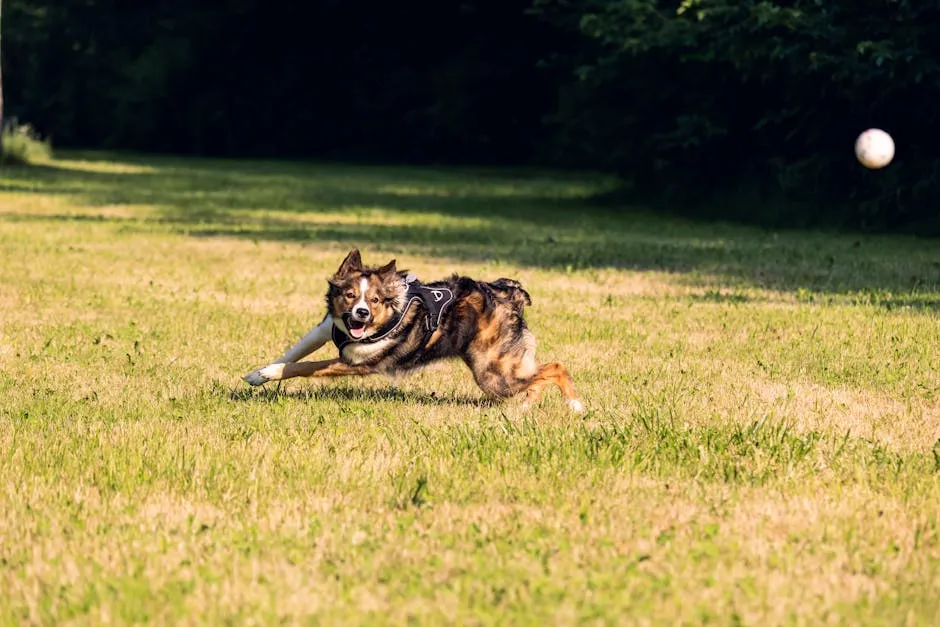
Incorporating playtime into their daily routine is essential. Games like fetch or tug-of-war are perfect for bonding and exercise. Remember, a well-exercised Akita is a happy Akita. So, get ready to have some fun!
Grooming and Health
Grooming your Akita is crucial for their well-being. Regular brushing keeps their thick coat looking sharp. For short-haired Akitas, brushing every few weeks will suffice. However, if you have a long-haired beauty, weekly grooming is a must to prevent tangles. Don’t forget about bath time! Only bathe your Akita when they really need it, as over-bathing can strip their coat of natural oils.
Now, let’s talk about those adorable furry ears. Check them regularly for dirt and wax buildup. Clean them gently with a damp cloth to prevent infections. Nail trimming is also essential. Aim to trim their nails every few weeks to avoid discomfort while walking.
When it comes to health, Akitas can face a few common issues. Hip dysplasia is one of the more prevalent problems, especially in larger breeds. This genetic condition can lead to arthritis and mobility issues. Maintaining a healthy weight and providing regular exercise can help reduce the risk. To support your Akita’s joints, consider adding Zesty Paws Omega 3 Salmon Fish Oil for Dogs to their diet!
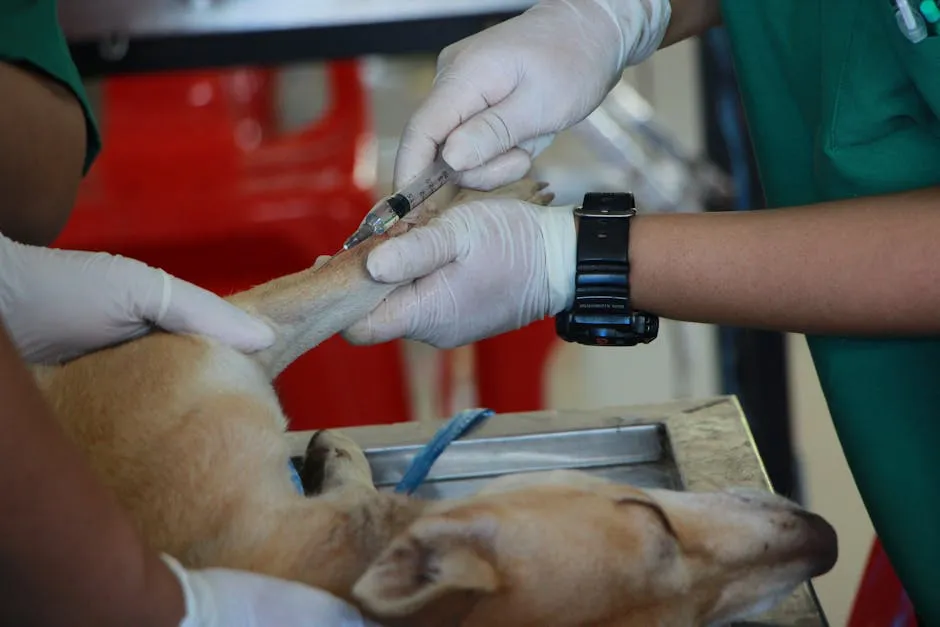
Understanding health issues like hip dysplasia is essential for Akita owners. Understanding and managing canine hip dysplasia can provide valuable insights into caring for your dog.
Additionally, autoimmune diseases can affect Akitas. They may develop conditions like autoimmune hemolytic anemia or hypothyroidism. Regular vet check-ups are key to catching any early signs. Keeping an eye on your dog’s overall health will ensure they remain the loyal and loving companions we adore. Don’t forget to keep their dental health in check too! A Vet’s Best Dog Toothbrush and Toothpaste Set is perfect for keeping their pearly whites clean!
With proper grooming and attention to health, your Akita can thrive. Remember, these majestic dogs deserve the best care to match their regal status!
Please let us know what you think about our content by leaving a comment down below!
Thank you for reading till here 🙂
All images from Pexels





